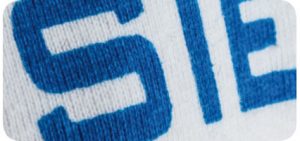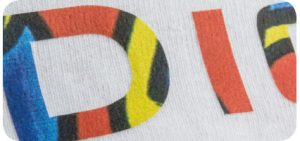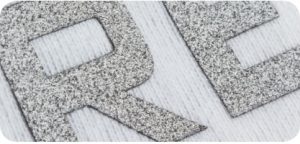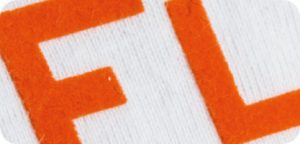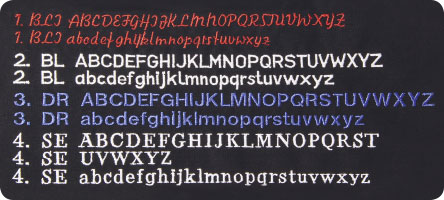Printing is another way to customize your clothes. Here, too, your company can be presented in a uniform way using the logo and company colours and you can thus individualise your workwear. Printing is the cheaper alternative, especially when there is a greater demand. With a minimum purchase of just 10 pieces, there are only low basic costs. The different processes result in a wide variety of surface structures, which are presented in detail here. These six print variants can be used for both a T-shirt and a winter jacket. It doesn’t matter whether you want to attach your logo or just a lettering on the clothing, both are no problem!
The printing ink is applied directly to the clothing through a sieve. This process is characterised by its high resistance to washing.
The logo is printed mirror-inverted onto a carrier film and covered with an adhesive layer.
The logo is then “welded” onto the clothing and the film is removed.
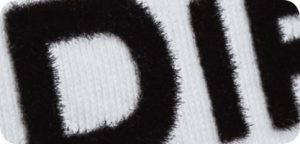
Primarily used for single-coloured logos or lettering. The flock has a velvety surface and is often used for jerseys and sportswear, e. g. back number or club logo.
- Suitable for all textiles, except fleece (only after consultation).
- No single lettering (employee name, title etc.) possible.
Reflective foil:
The reflective film printing consists of the same material as the reflective stripes on the warning clothing.
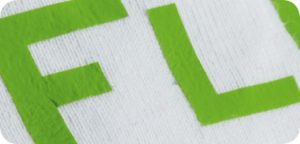
Flex film has a smooth and glossy or a smooth and matt surface. Very high-quality textile printing process, which is characterized by its high wash resistance and long durability.
- Suitable for all textiles, except fleece (only after consultation).
- Single lettering (employee name, title etc.) possible.
Flock foil:
The flock film consists of a velvety material. Very high-quality textile printing process, which is characterized by its high wash resistance and long durability.

